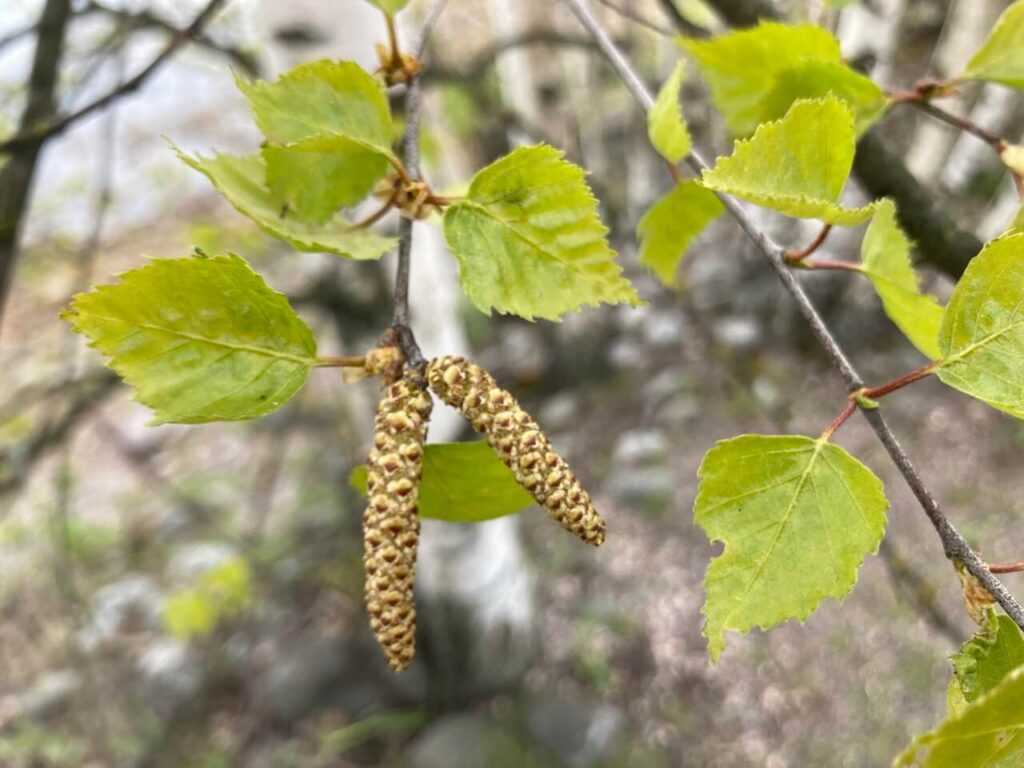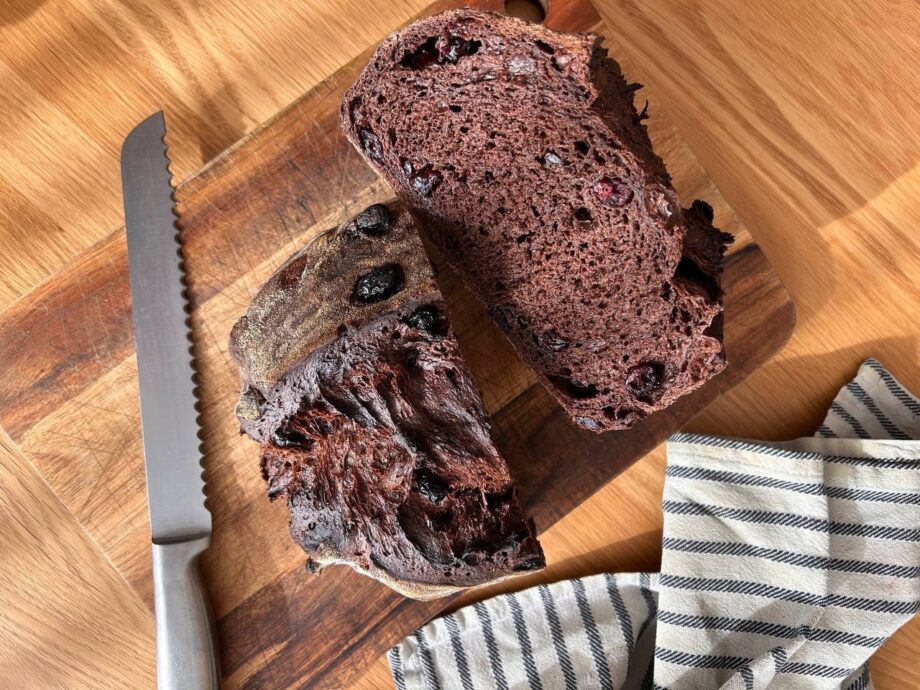As the last stubborn patches of snow melt away and the world begins to soften with the promise of spring, forests across Northern and Eastern Europe awaken with one of nature’s most ancient treasures: birch sap. This clear, slightly sweet liquid has been harvested for centuries by people from Scandinavia to Russia, offering one of the first fresh tastes after winter’s long reign.

Birch sap has been cherished since time immemorial for its subtle sweetness and purported health benefits. Historical records show that Viking settlers, Baltic tribes, and Slavic people all collected this spring gift, considering it a cleansing tonic and a source of vitamins after the nutritional scarcity of winter. Traditional medicine across Northern Europe recognized it for its diuretic properties and as a remedy for everything from skin conditions to kidney stones.
Beyond drinking it fresh, cultures developed various methods of preserving this seasonal bounty. Russians made “берёзовый сок” (birch juice), Scandinavians created “björksav,” and across the Baltic states, fermented birch beverages became a household staple. Beyond beverages, birch sap has been used in cooking, as a base for syrups, and even in cosmetics for its skin-nourishing properties.

My Fermentation Journey
Last year, I embarked on my own birch sap adventure. In addition to making birch syrup, I also crafted a traditional kvass. Following time-honored methods, I extracted the sap and initiated fermentation with 100g of sugar, 50g of raisins, and 50g of dried apricots for every 3 liters of sap. After two weeks of patient waiting, the initial fermentation yielded a lightly effervescent, tangy beverage. For the second fermentation, I bottled the kvass with 1-2 spoons of additional sugar per bottle, resulting in a delightfully fizzy, complex drink.

This year, I made my now favorite drink again.
An Estonian Spring Tradition
Here in Estonia, birch sap collection has become my annual ritual, marking the middle of spring when nature truly begins to stir. As one of the first forageable treasures after winter’s dormancy, tapping birch trees connects me to countless generations who have practiced this seasonal tradition before.
The process itself is simple but requires respect for the trees. A small hole is drilled, a spile inserted, and a container placed to collect the flowing sap. A healthy birch can produce several liters daily during the brief two-to-three-week season. When collection is complete, the hole is plugged, allowing the tree to heal and continue its growth.
Estonian forests, with their abundant birch groves, have sustained this practice for centuries. In our culture, birch sap marks the true beginning of spring – when the earth’s energy begins to rise and flow again after winter’s stillness.
Recipes to Celebrate the Season
Birch Sap Spring Mocktail (Adult Version)
- 100ml fermented birch sap kvass
- 15ml elderflower cordial
- 10ml fresh lemon juice
- Sprig of fresh mint
- Cucumber slice
- Ice cubes
Combine all ingredients in a tall glass with ice, stir gently, and garnish with mint and cucumber for a sophisticated spring refresher.
Birch Sap Lemonade (Kid-Friendly Version)
- 100ml fresh raw birch sap
- 10ml maple syrup or honey
- 15ml fresh lemon juice
- Splash of sparkling water
- Lemon peel for garnish
Mix birch sap, sweetener, and lemon juice in a small pitcher. Pour over ice and top with sparkling water. Garnish with a lemon wheel for a simple, refreshing drink that introduces children to the subtle flavors of spring’s first harvest.
As another spring arrives, I find myself eagerly awaiting this annual ritual – a sweet reminder of nature’s cycles and the simple pleasures of living in harmony with the seasons.

